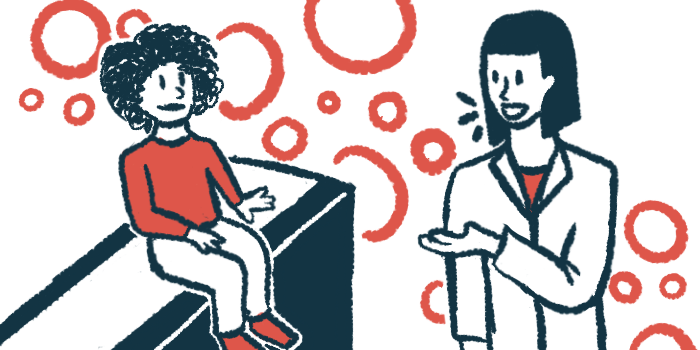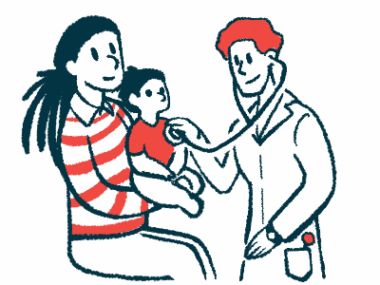Antibiotics use in CF linked to greater risk of hearing problems
Researchers call for regular screens to check hearing ability in CF children
Written by |

The frequent use of aminoglycosides — a class of antibiotics commonly used to help treat lung infections in people with cystic fibrosis (CF) — has been linked to an increased risk of hearing problems in CF patients, starting in childhood, according to a new pediatric study in Belgium.
The results support previous studies showing that “the prevalence of [hearing loss] is ranged from 0% to 47% and where CF patients with [hearing loss] were significantly older than CF patients without [such losses].” However, the researchers noted that “in the early stage of [hearing loss], before speech [abilities] are affected, especially children will not actively report hearing loss.”
Based on these new findings, the researchers noted that “careful screening … is important” — and called for routine screens to check hearing ability in children with CF, particularly those who’ve been repeatedly treated with aminoglycosides.
“Even minimal hearing impairment in children could have a future impact on communicative and academic skills, and consequently on functional well-being,” the team wrote.
The study, “Aminoglycoside-induced sensorineural hearing loss in pediatric cystic fibrosis patients: A retrospective cohort study,” was published in the open-access journal Heliyon.
Aminoglycosides antibiotics widely used to treat lung infections in CF
Bacterial lung infections are a frequent health problem for CF patients of all ages, and antibiotics are the cornerstone of treatment for managing these infections.
Aminoglycosides, a class of antibiotics that includes tobramycin and amikacin, are one important tool in the antibacterial arsenal. They may be given intravenously — into the bloodstream, a method oftentimes called IV administration — or by inhalation directly into the lungs.
These antibiotics can be effective for combating lung infections, but they are known to be more toxic than other such medications, and can cause hearing problems as a side effect, particularly in older people.
Now, a team of researchers at Antwerp University Hospital, in Belgium, sought to investigate hearing loss in pediatric CF patients. Specifically, the team’s focus was to learn more about the progression of hearing loss over several years in children, and, secondly, to identify risk factors for such hearing problems.
To that end, the researchers reviewed data from 40 children with CF who were treated at the hospital between 2013 and 2020. About half of the children had been treated with intravenous aminoglycosides at least once, and 23% had received IV aminoglycosides five times or more.
In hearing tests, 29% of the children had high-frequency sensorineural hearing loss (SNHL) — meaning they had problems hearing high-pitched sounds. Statistical models showed that the risk of this type of hearing loss was significantly increased in patients who’d received at least five rounds of IV aminoglycoside treatment.
We … suggest routine annual hearing screening ([including] high-frequency thresholds) in CF patients, starting from childhood.
Patients who had been given both IV and inhaled aminoglycosides also were at significantly increased risk of high-frequency SNHL, though the researchers noted that most patients who’d received such combination treatment had also undergone more than five rounds of IV aminoglycoside treatment. Thus, it remains unclear as to whether the use of inhaled aminoglycosides is a distinct risk factor.
The statistical models also indicated that hearing problems related to frequent aminoglycoside use were more likely to be detected in older patients.
“After retrospectively studying the progression of SNHL in a cohort of pediatric CF patients, we identified increasing age as a significant risk factor for the development of high-frequency SNHL … if 5 or more IV AG [aminoglycosides] (tobramycin and/or amikacin) courses were reported or when IV AG were combined with inhaled AG (tobramycin),” the researchers wrote.
An important takeaway from this study, the team highlighted, is that hearing problems associated with aminoglycosides tend to first affect a person’s ability to hear high pitches that are outside what’s heard in typical human speech. As such, children are unlikely to notice the early stages of hearing loss unless they undergo a hearing test.
“We therefore suggest routine annual hearing screening ([including] high-frequency thresholds) in CF patients, starting from childhood,” the scientists concluded.







